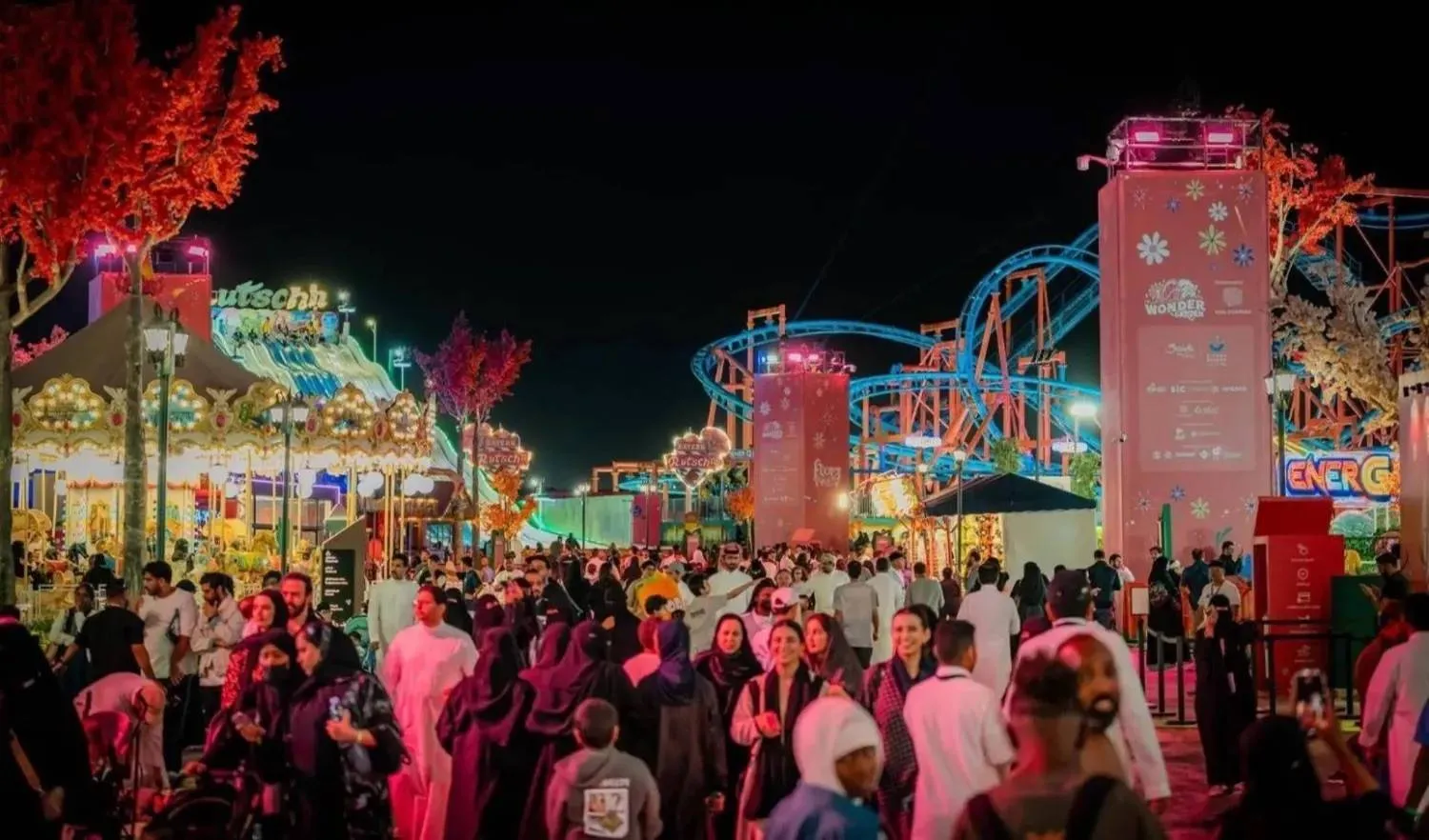The Sudanese Ministry of Finance announced raising the minimum wage for civil servants to SDG 3,000 (almost $150) following a three-day strike launched by railway workers.
Railroad workers in Atbara, a northern Sudanese city, and bus drivers throughout the country had carried out a strike since last Saturday to protest low wages.
The strike sapped supplies en route to the capital Khartoum, resulting in a shortage of food supplies and oil byproducts.
On Tuesday, the demonstrators lifted the strike and went back to running national transportation.
Hashem bin Auf, Minister of Infrastructure and Transport, confirmed that the Ministry of Finance raised the minimum wage for civil servants to SDG 3,000.
Auf, in a visit to Atbara, informed those on strike of the decision taken by the ministry of finance.
Addressing demonstrators, Auf admitted that the situation they were under was unacceptable, however, he accused the deep state and former regime loyalists of seeking to fail the transitional government.
Also, Bus drivers at Khartoum’s regional bus station carried out a strike on Sunday, calling for better pay and services. The strike caused thousands of travelers to cancel their trip to and from Khartoum.
Others profited from the strike. Tickets to Kassala, New Halfa, and El Gedaref in eastern Sudan rose to SDG 1,800.
The striking bus drivers demand salaries, financial incentives, management committees for union work, health insurance, social security and fuel control at petrol stations. They also decry withdrawals of their driving licenses, fines, and a large number of levies they have to pay on the roads.







